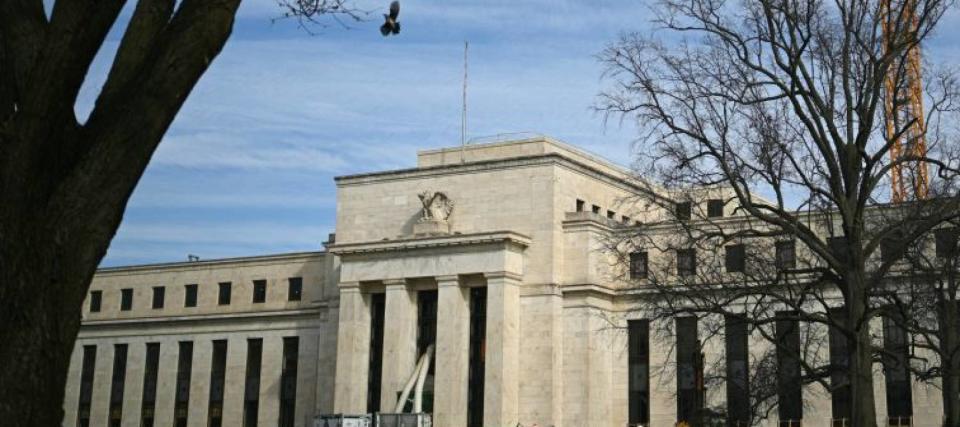Federal Reserve posts largest operating loss on record — what the bank’s shrinking balance sheet really means

In 2023, the Federal Reserve spent $114.3 billion more than it brought in — its largest operating loss on record.
Compared to 2022 when the central bank brought in a net income of $58.8 billion, that’s a major drop. That was the year the Fed started raising its key rate to account for inflation. But that appears to have had some mixed results for the institution’s books.
Don't miss
Commercial real estate has beaten the stock market for 25 years — but only the super rich could buy in. Here's how even ordinary investors can become the landlord of Walmart, Whole Foods or Kroger
Cost-of-living in America is still out of control — use these 3 'real assets' to protect your wealth today, no matter what the US Fed does or says
Thanks to Jeff Bezos, you can now use $100 to cash in on prime real estate — without the headache of being a landlord. Here's how
To account for inflation and the Federal Reserve’s increases to the key rate, the bank had to shell out $60 billion more in interest on depository institutions' reserve balances compared to the year before. And in the same period, it incurred an additional $62.4 billion in interest on securities sold under agreements to repurchase.
Here’s why it could now take years for the Fed to return to profitability.
Why the Fed is dealing with higher operating costs
After covering day-to-day operating costs, the central bank usually sends off any profits from services it provides to the financial system or on its securities portfolio to the Treasury, which uses the revenue to offset federal deficits.
Since 2022, the Fed has lifted its target rate from near-zero levels to the current 5.25% to 5.5% range with an aim of cooling inflation. As a result, its expenses surpassed its earnings last year.
The audited financial statements revealed interest payments to banks on excess reserves parked at the Fed hit a record $176.8 billion last year, almost triple the amount paid in 2022.
Interest payouts from the reverse repo facility also swelled from $41.9 billion to $104.3 billion last year.
Read more: Car insurance rates have spiked in the US to a stunning $2,150/year — but you can be smarter than that. Here's how you can save yourself as much as $820 annually in minutes (it's 100% free)
What this means for the economy
Despite the sizable loss, the Fed has often emphasized that net negative income does not impact the central bank’s operations or its ability to control monetary policy.
When there’s a shortfall in earnings, the Fed uses a deferred asset, which essentially works as an IOU by the Fed to itself, to fund operations. So, when the central bank becomes profitable once more, it can divert the excess earnings to pay down the deferred asset until it reaches zero.
Once the deferred asset is fully paid off, the Fed can continue to hand excess profits over to the Treasury again.
However, a November report from the St. Louis Fed estimates the central bank will carry this deferred asset until mid-2027, which means it’ll be a few years before it can return profits to the government.
What to read next
These 5 magic money moves will boost you up America's net worth ladder in 2024 — and you can complete each step within minutes. Here's how
Rich young Americans have lost confidence in the stock market — and are betting on these 3 assets instead. Get in now for strong long-term tailwinds
Thanks to Jeff Bezos, you can now use $100 to cash in on prime real estate — without the headache of being a landlord. Here's how
This article provides information only and should not be construed as advice. It is provided without warranty of any kind.

 Yahoo Finanzas
Yahoo Finanzas 